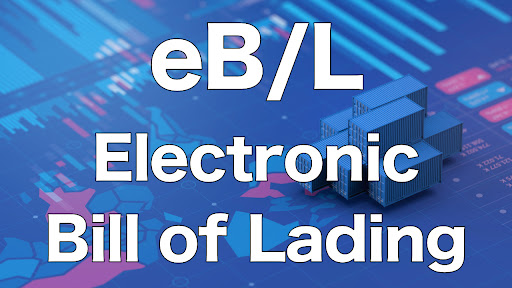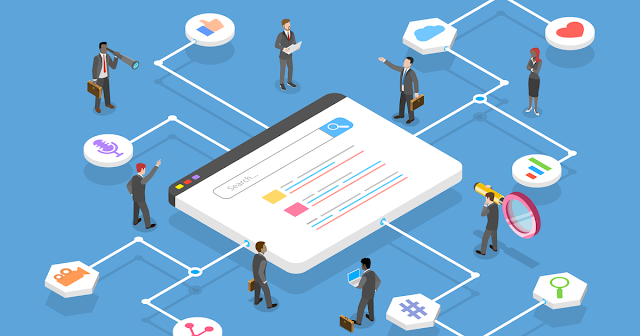Business owners who trade across international borders have found ways to work through their processes with limited assistance from the respective governments. In this context, a range of devices has enabled owners to effectively interact, build contracts, allocate risks, and help to secure their interests while dealing with various counterparties. One such medium is the bill of lading, which has been in use since 1794.
Every delivery in logistics involves paperwork. So, if logistics
makes the world go round, then the paperwork is the head part of logistics. Logistics breathes in
paperwork. A bill of lading serves an essential purpose throughout the
day.
However, recently with the advent of technology, most businesses have urged that time has arrived to replace the paper bill of lading with an electronic medium. They claim that all the exporters, importers, consignees, and forwarders incur expenses due to the delays caused by the payment through paper documents.
Overview of Electronic Bill of Lading:
●
Receipt required for
shipping acknowledgment when the cargo was loaded in the ship
●
Evidence of the
contract made between carrier and exporter
●
A document of title
that signifies whoever owns the original copy is the one legally permitted to
deliver it to the destination point.
Electronic bills of lading are a digital substitute to traditional courier service that allows instant, authentic exchange of original documents. With an exception to replica copies of original documents, this process helps transferring digital original documents via end-to-end blockchain technology as opposed to a physical courier.
What does “Fully Paperless Trade” Signify?
To differentiate between EDI (electronic data interchange) and existing eBL implementations, the term ‘fully paperless trade’ is used. That means, the system must comply with the following:
●
Creation of document
must be fully electronic
●
Documents must be
approved via digital medium
●
Communication with
banks must be done electronically
●
The process of
document exchange must be done through an end-to-end digital supply
chain.
The obvious answer to this process is to implement a software solution that allows all counterparties to access the bill in an electronic document format. The electronic bill of lading or (e B/L) is a regulatory and functional substitute of a bill of lading. The electronic bill of lading must digitalize the main functions of a paper bill of lading, including legal approval as a receipt, or evidence containing the contract of carriage.
Based on the understanding, the speed at which international trade moves and the inefficiencies caused without it is needed to be considered. Hence a digital solution is needed to replicate and automate the logistics system.
Deploying an Electronic Bill of Lading:
Usually, an electronic bill of lading can be created by the shipper. During the creation, the shipper needs to add the Cargo details, the port, the vessel, HS CODE, etc. You can create the document directly through the Nafeza portal. The record of the electronic BL ensures the originality of the data. After the approval of the electronic BL, a shipping service receives an email, allowing them to release the cargo from the departure port upon the issuance of the receipt.
Integration of eBL with CenterSource:
Centersource has created a supply chain collaboration platform - a so-called SaaS - that effectively works as a shared workspace where importers, exporters, and forwarders work together more efficiently in a smart environment. The platform can be integrated with any system to provide an end-to-end solution and it offers all functions, including electronic documents, for a commodity exchange platform with its CRM to create and manage your supply chain network.
Set Up and Registration Process:
For the registration process, the best advice would be to go for step-by-step implementation. You are required to register yourself on the Timber Exchange platform. Once you have deployed the platform, you can automatically streamline all data from both the buyer and the supplier side.
If
you still do not know where to start from, don’t hesitate to reach us directly
at www.centersource.io.










No comments:
Post a Comment